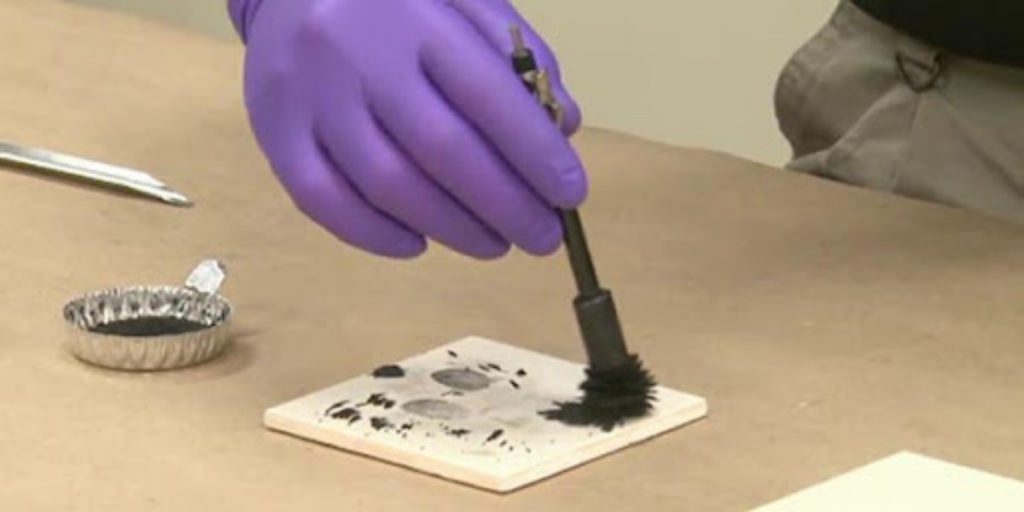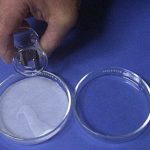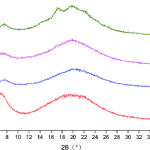The silver halide process is by far the most important of all of the radiation-sensitive photographic systems in use today. The principal reason for this superiority is the high sensitivity of the system – the amount of radiant energy required to produce a useful image – and the extreme flexibility of the system in terms of adjusting sensitivity, contrast, tonal range and other such aspects of the product. The impact of a single photon on a silver halide grain, for example, produces a nucleus of at least four silver atoms, and that effect can be amplified as much as a billion times by the action of a properly chosen reducing agent or “developer.”
The silver halides employed are silver bromide, silver chloride and silver iodide. The first two may be used separately or combined, depending on the sensitivity and tonal qualities desired in the product. Silver iodide is always combined with silver bromide or silver chloride.
 |
| Figure 2: A SchematicRepresentation of Cubicand “Tablet” SilverHalide Grains |
As already noted, the silver halides used in photography are dispersions of microscopic crystals in a colloidal binder that is usually bone gelatin. Although such dispersions are referred to as emulsionsor photographic emulsions, they are really dispersions.
When an exposed film is placed in a developer solution, the grains that contain silver nuclei are reduced much faster than those that do not. The more nuclei present in a given grain (i.e., the greater the exposure of that grain), the faster the reaction with developer and the darker the image at that site in the film. Factors such as temperature, concentration of the developer, pH, and the total number of nuclei in each grain determine the extent of development and the intensity of free silver (blackness) deposited in the film emulsion in a given time.
Not only must the developer be capable of reducing silver ions to free silver, but it must be selective enough not to reduce the unexposed grains, a process known as “fogging,” within the time frame of the development process. Some substances that are commonly used as silver halide developers are listed in Table 1.
The developer is oxidized in the process. If not properly protected it can also be oxidized by air, a process that, if not prevented, will result in the loss of developer activity. To help prevent such effects, commercial developer solutions commonly contain preservatives such as sodium sulfite.


